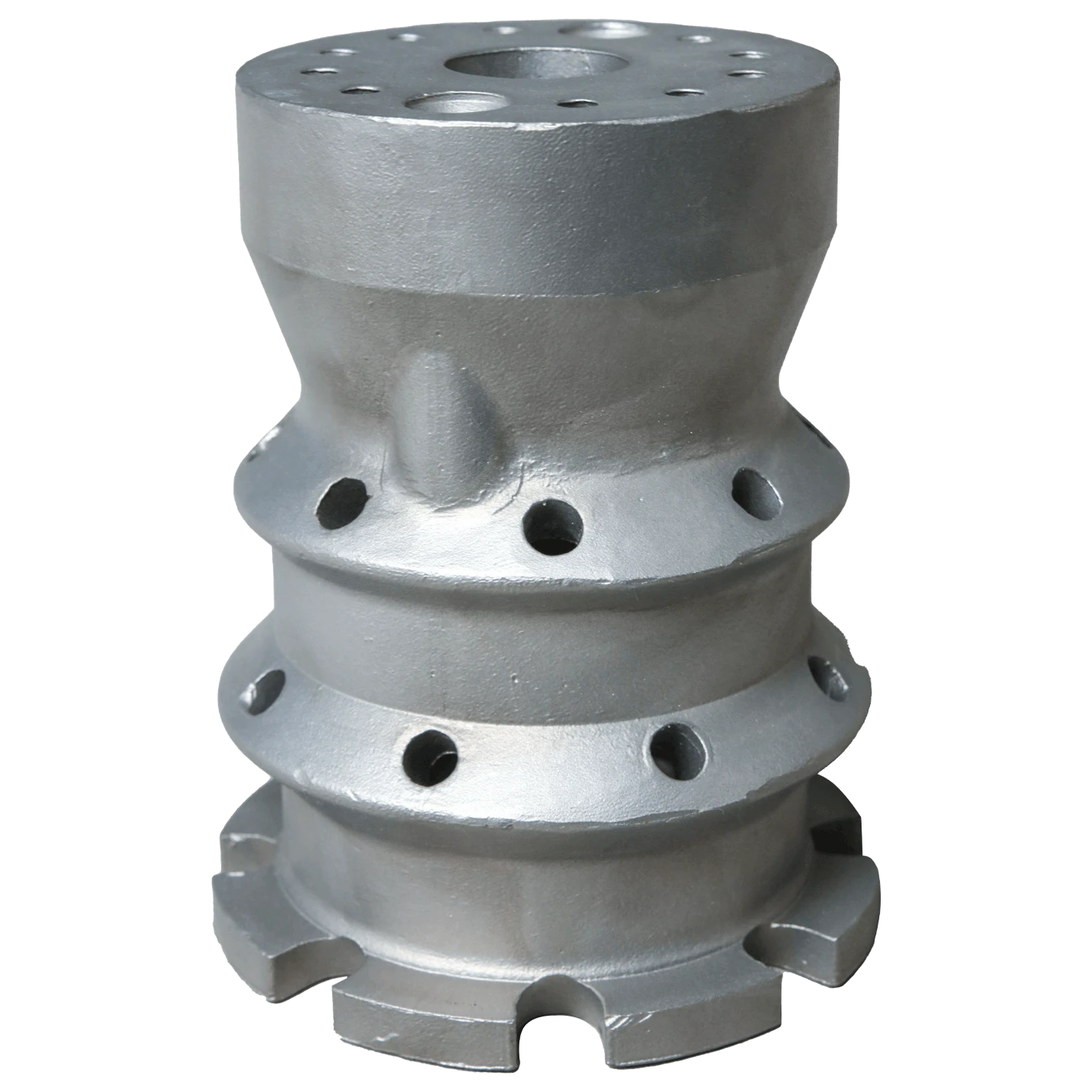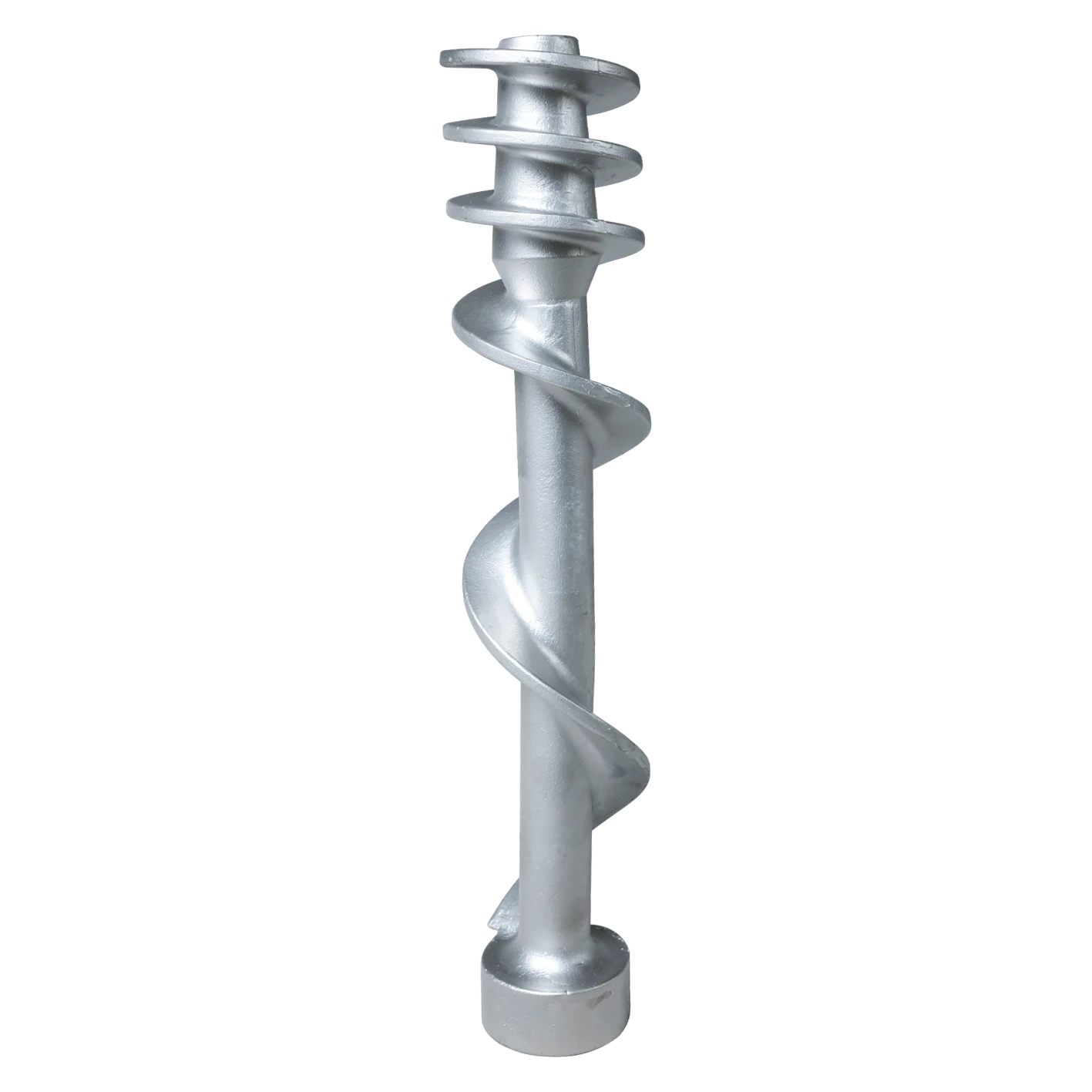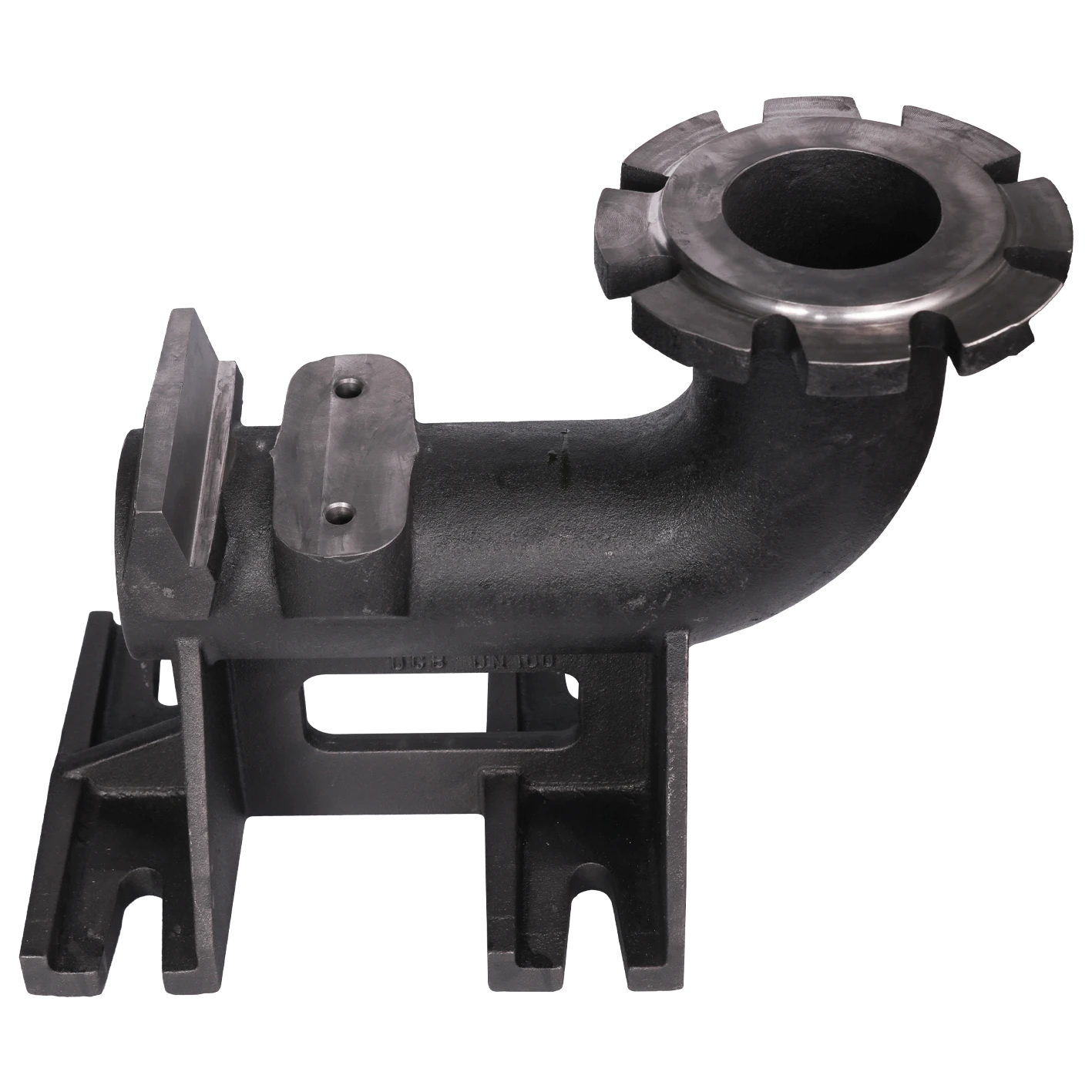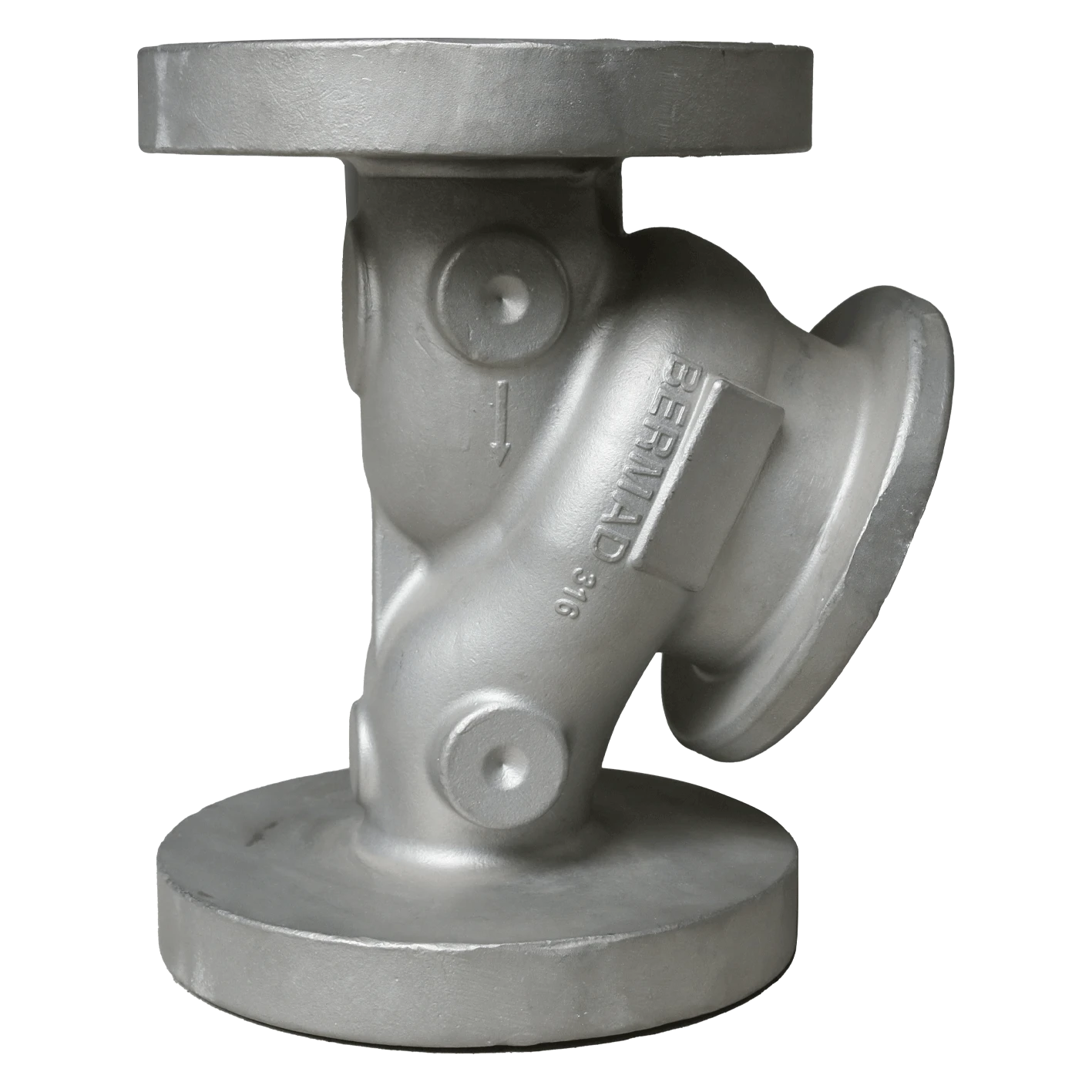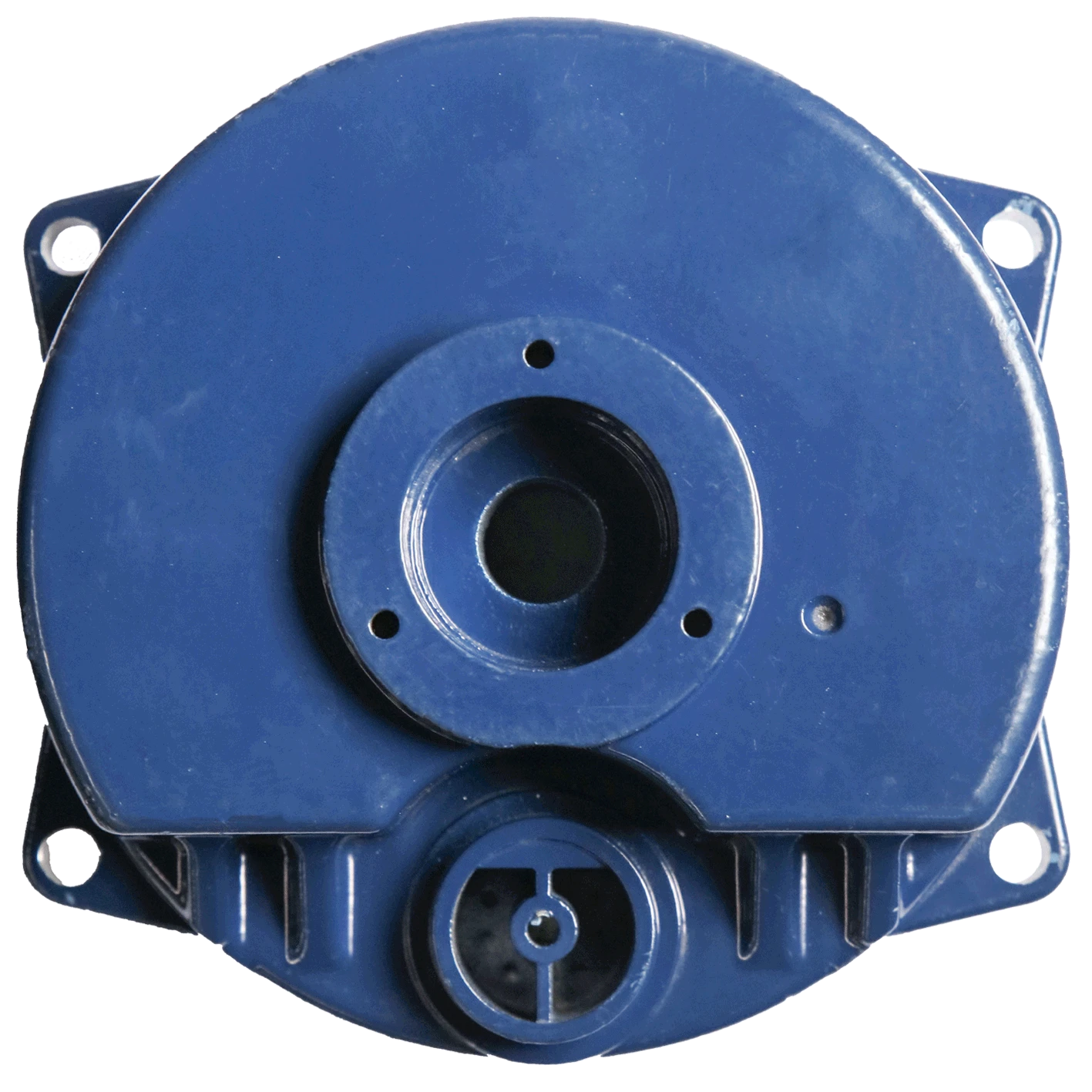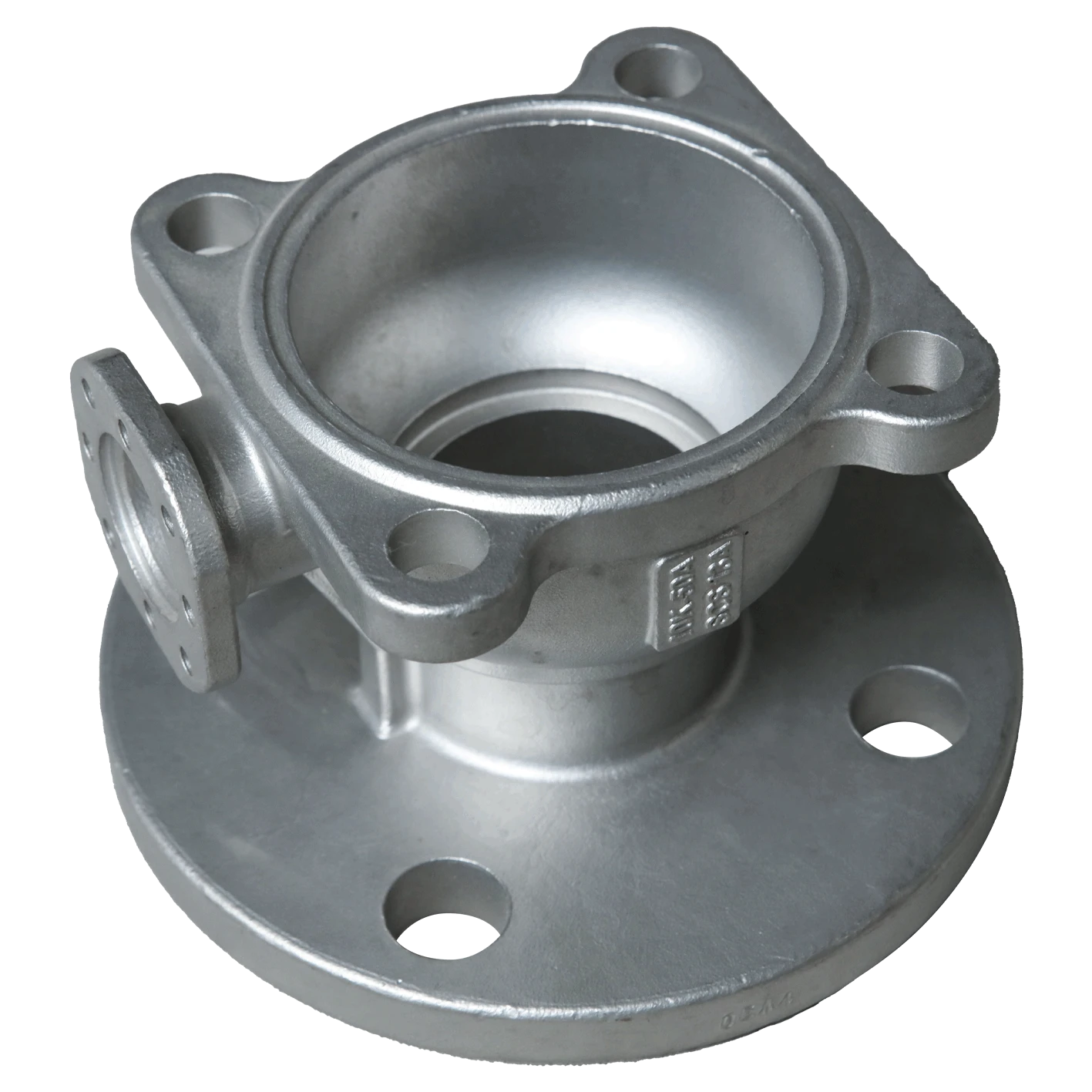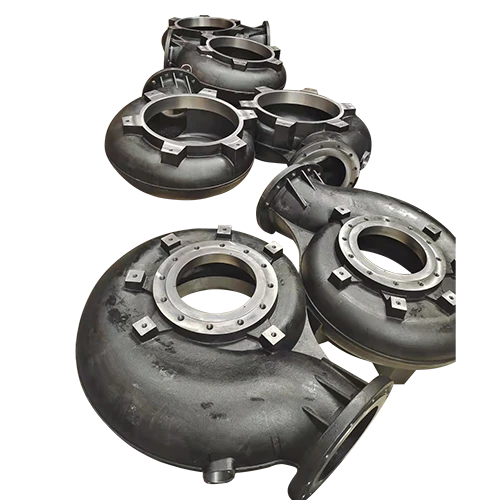Mobile:+86-311-808-126-83
Email:info@ydcastings.com
Comparison of Impellers and Propellers in Fluid Dynamics Applications and Their Design Considerations
Understanding Impellers and Propellers Their Roles and Differences
In the realm of fluid dynamics, impellers and propellers play crucial roles in the movement of fluids, yet they are often confused due to their similar functions. Both are devices that convert rotational energy into fluid motion, but they serve different purposes and operate under different principles. This article aims to clarify the differences and applications of impellers and propellers.
Defining Impellers and Propellers
An impeller is a rotating component of a centrifugal pump or a compressor, designed to increase the pressure and flow of a fluid. It typically consists of a series of blades or vanes that spin, drawing fluid into the center and expelling it outward. Impellers work primarily in enclosed spaces where fluid is forced through a casing. This design allows for efficient movement of liquids in various industrial applications such as water treatment, chemical processing, and HVAC systems.
On the other hand, a propeller is primarily used for propulsion in fluids, especially in aviation and marine contexts. It consists of two or more blades that rotate around a central hub and are designed to push against the fluid, creating thrust. Propellers are commonly found in airplanes, boats, and submarines, where they enable movement through air or water by generating lift or drag.
Operating Principles
While both impellers and propellers rely on blades to influence fluid motion, their operating principles differ significantly. Impellers utilize centrifugal force to accelerate liquid and increase its pressure. When the impeller spins, it transfers energy to the fluid, causing it to move outward and then into a discharge pipe. This mechanism allows impellers to effectively handle high flow rates with low-viscosity liquids.
impeller and propeller
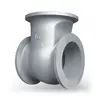
Propellers, however, operate under the principle of producing thrust. When the blades of a propeller rotate, they create a pressure difference between the front and back surfaces of the blades. This difference generates lift, propelling the device forward through the fluid. The angle of the blades, known as pitch, can also be adjusted to optimize performance for various speeds and conditions, further distinguishing them from impellers.
Applications and Industries
Impellers are predominantly found in applications requiring the movement of liquids. They are integral in pumps used in municipal water systems, wastewater treatment facilities, and numerous industrial processes. High-efficiency impellers are designed to minimize energy consumption while maximizing fluid transfer rates.
Conversely, propellers are ubiquitously used in aviation and marine industries. Aircraft propellers are designed to handle the airflow at high altitudes and speeds, while marine propellers are engineered to move vessels efficiently through water. Their designs vary widely—from small drone propellers to large ship propellers—depending on the application and operational environment.
Conclusion
In summary, impellers and propellers are essential in fluid dynamics, each serving unique functions within their respective industries. Impellers are designed for efficiently moving liquids under pressure, while propellers focus on generating thrust for propulsion through fluids. Understanding the distinct characteristics and applications of these devices is vital for engineers and industry professionals who rely on fluid movement technologies in their work. As technology continues to advance, both impellers and propellers will undoubtedly evolve, leading to even greater efficiencies and performance in the future.
-
Why Should You Invest in Superior Pump Castings for Your Equipment?NewsJun.09,2025
-
Unlock Performance Potential with Stainless Impellers and Aluminum End CapsNewsJun.09,2025
-
Revolutionize Your Machinery with Superior Cast Iron and Aluminum ComponentsNewsJun.09,2025
-
Revolutionize Fluid Dynamics with Premium Pump ComponentsNewsJun.09,2025
-
Optimizing Industrial Systems with Essential Valve ComponentsNewsJun.09,2025
-
Elevate Grid Efficiency with High-Precision Power CastingsNewsJun.09,2025

